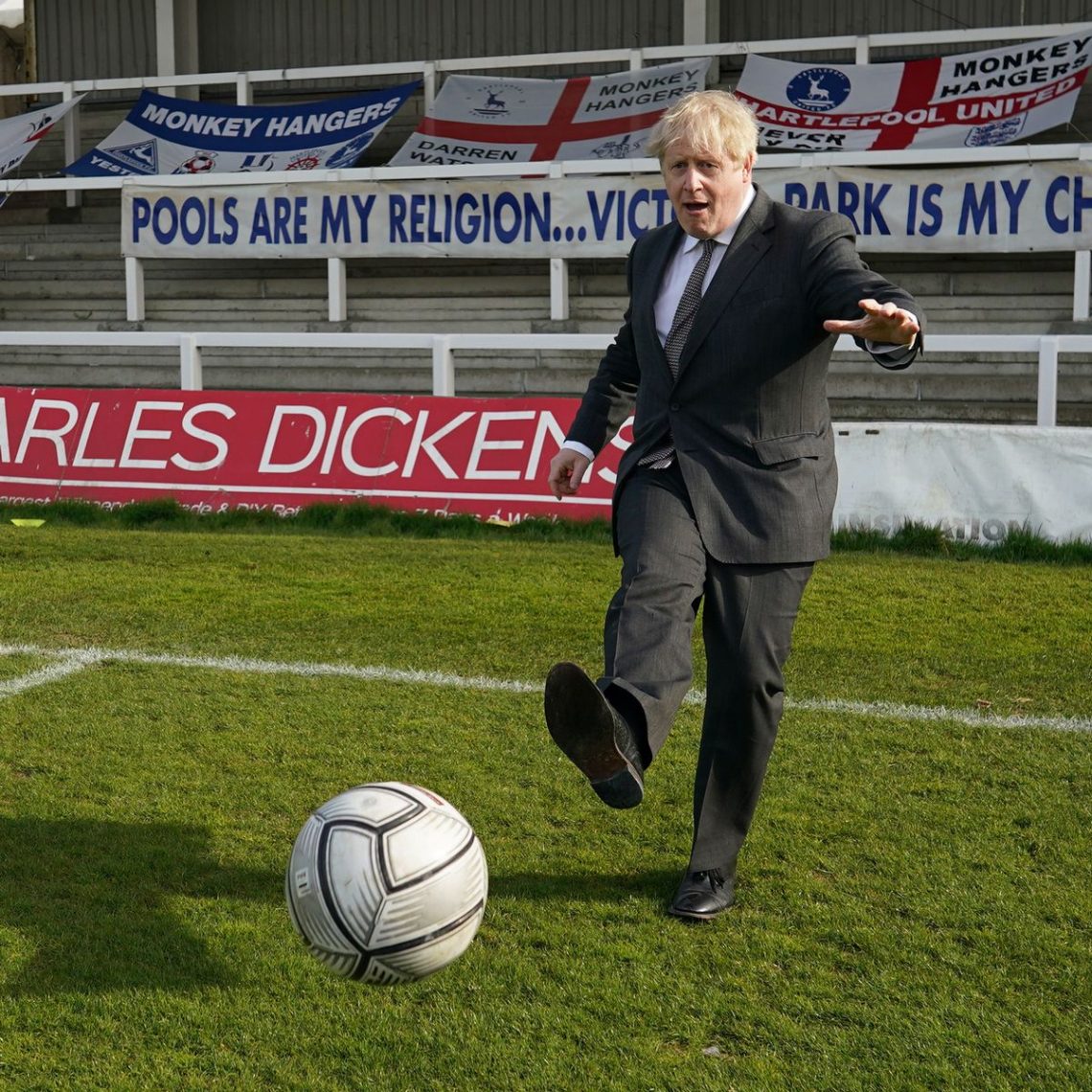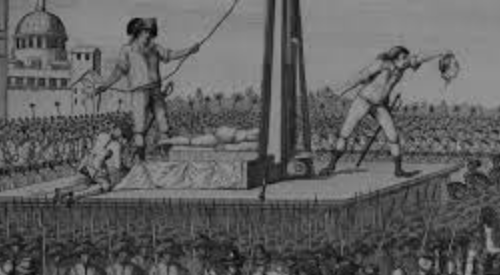| Party | Votes | %age |
|---|---|---|
| Labour | 15,464 | 37.7 |
| Conservative | 11,869 | 28.9 |
| Brexit Party | 10,603 | 25.8 |
| Liberal Democrats | 1,696 | 4.1 |
| Independent | 911 | 2.2 |
| Socialist Labour | 494 | 1.2 |
One of the reasons for Johnson’s 2019 success was consolidation of the leave vote coupled with Farage’s decision to stand down Brexit Party candidates in many seats. Notwithstanding that, the Conservatives still prevailed in some seats contested by the Brexit Party – but not Hartlepool where it’s clear that transfer of less than half their vote would’ve resulted in a Conservative gain.
An early poll showed a comfortable Conservative lead:
| Party | %age | % Change |
|---|---|---|
| Conservative | 49 | +20 |
| Labour | 42 | +4 |
| Reform UK (Brexit Party) | 1 | -25 |
| Liberal Democrats | 1 | -3 |
It’s important to have the salt handy as the sample size was small giving an error of +/-4%, although 45% would probably guarantee victory, which a subsequent poll suggests will be exceeded, and other indications are positive for the Conservatives.
Brexit Party support seems to be breaking about 4:1 in favour of the Conservatives so this can be applied to other seats where Labour’s 2019 majority over the Conservatives was less than the Brexit Party vote.
The following are sorted in ascending order of the percentage of the Brexit Party vote needed for the Conservatives to gain the seat from Labour:
Less than 20%
Dagenham and Rainham – Jon Cruddas: 10.1%
Coventry North West – Taiwo Owatemi: 10.6%
Normanton, Pontefract and Castleford – Yvette Cooper: 15.9%
Bedford – Mohammad Yasin: 16.2%
Hemsworth – Jon Trickett: 19.9%
20 to 29%
Kingston upon Hull East – Karl Turner: 21.5%
Wansbeck – Ian Lavery: 25.9%
Stockton North – Alex Cunningham: 26.3%
Coventry South – Zarah Sultana: 28%
Doncaster North – Ed Miliband: 28.6%
30 to 39%
Chesterfield – Toby Perkins: 30.4%
Doncaster Central – Rosie Winterton: 33.3%
Hartlepool: 33.9%
Barnsley East – Stephanie Peacock: 35.6%
40 to 49%
Weaver Vale – Mike Amesbury: 40.7%
50 to 59%
Oldham East and Saddleworth – Debbie Abrahams: 50.4%
Houghton and Sunderland South – Bridget Phillipson: 50.5%
Kingston upon Hull West and Hessle – Emma Hardy: 50.7%
Rotherham – Sarah Champion: 51%
Newport West – Ruth Jones: 52.2%
Warrington North – Charlotte Nichols: 57.5%
Sunderland Central – Julie Elliott: 58.7%
Wolverhampton South East – Pat McFadden: 59%
60 to 69%
Barnsley Central – Dan Jarvis: 61.5%
Torfaen – Nick Thomas-Symonds: 65.2%
Washington and Sunderland West – Sharon Hodgson: 68.5%
More than 70%
Makerfield – Yvonne Fovargue: 81.5%
Stalybridge and Hyde – Jonathan Reynolds: 82%
Bradford South – Judith Cummins: 83.2%
Halifax – Holly Lynch: 91.3%
Blaydon – Liz Twist: 94.8%
Sheffield South East – Clive Betts: 95.8%
Easington – Grahame Morris: 97.6%
Warrington and Leamington – Matt Western: 97.8%
Worsley and Eccles South – Barbara Keeley: 99.8%
A 4:1 transfer of Brexit Party votes would result in the Conservatives taking twenty six (including Hartlepool) of the above seats, increasing their majority to over 130. Consequently, the by-election result can be used, albeit very simplistically, to see how many of these seats are threatened.
Considering that governments don’t usually, and aren’t expected to, gain seats at by-elections Labour has most to lose and Dale contends that a defeat would be a disaster for Starmer. Whilst he is, except to Corbynistas, streets ahead of his predecessor he’s relatively inexperienced politically and has the hard left snapping at his heels.
Much of the “Red Wall” is now ”where a couple on a modest income can own a home and two cars and raise a family” and potentially fertile ground for the Conservatives.
For a while it looked like a relatively easy stroll for the Conservatives, and not just in Hartlepool, with national polls showing their average lead climbing towards double figures. Then they were hit by multiple accusations of sleaze, some of which looked like leaks to try and undermine and discredit Johnson and his government. Blanket coverage by the media, together with concentrated fire from Labour, looks to have had an effect as the polls have narrowed, although there have been very wide disparities.
What muddies the water is that, due to Covid, there are far more postal votes than usual, many arrived, and will have been returned, before the disruption to the Conservative campaign started. This will make drawing conclusions from the 6th of May very difficult, but it could be that Labour has further to fall.





